What I've Learned In Six Years of Coffee Drinking
• coffee
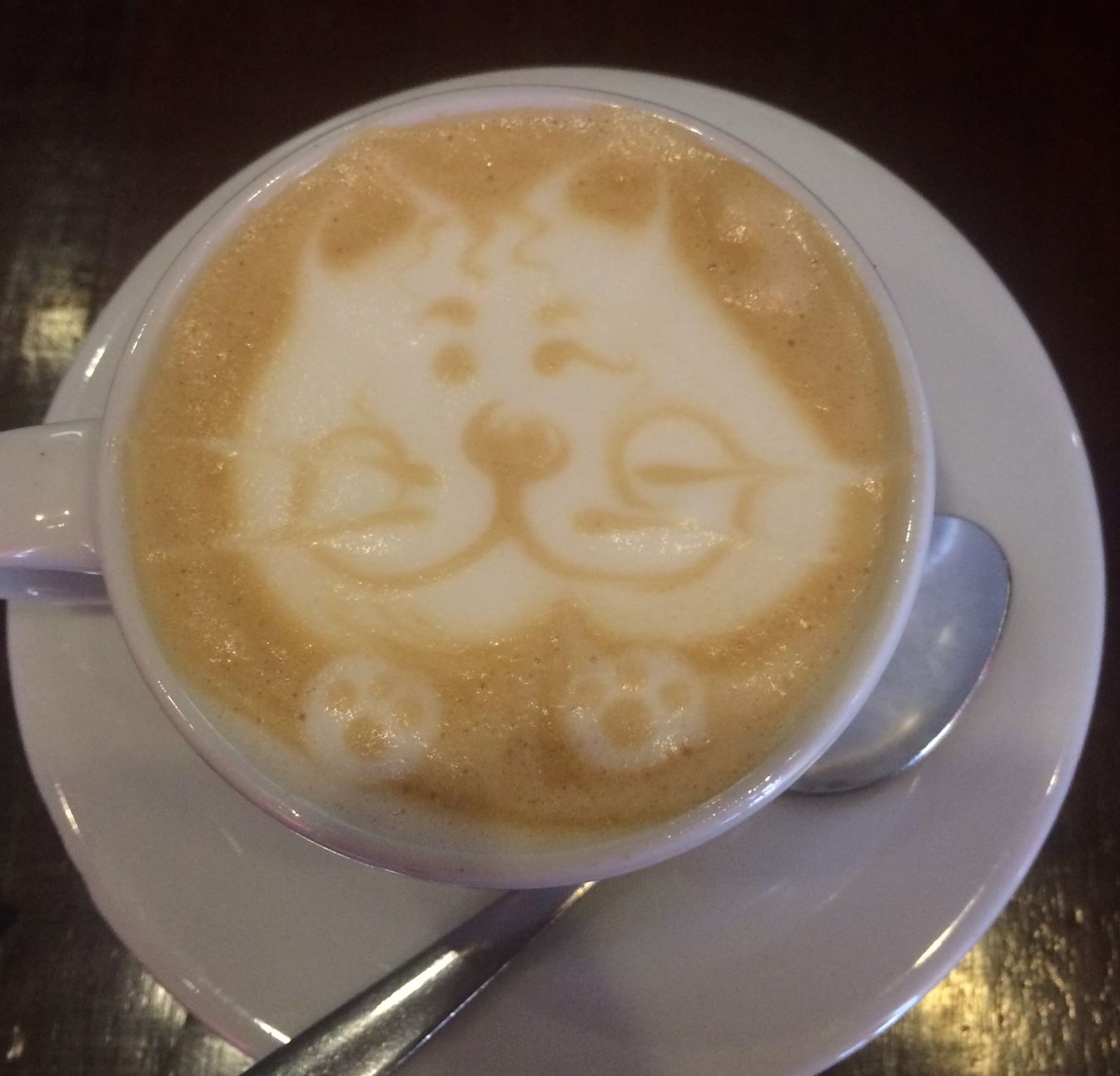
On one particular March morning I rolled out of bed in South Brooklyn, and I have to be honest, I think I had a slight headache.
What was the cause of this ailment? Was it COVID-19, or the glass of whiskey I had last night?
Actually, I think it was caffeine withdrawl. Definitely, caffeine withdrawl.
Luckily, the cure was at hand, despite self-quarantine. I only had three pounds of coffee and no one to drink it with. Things were gonna be fine.
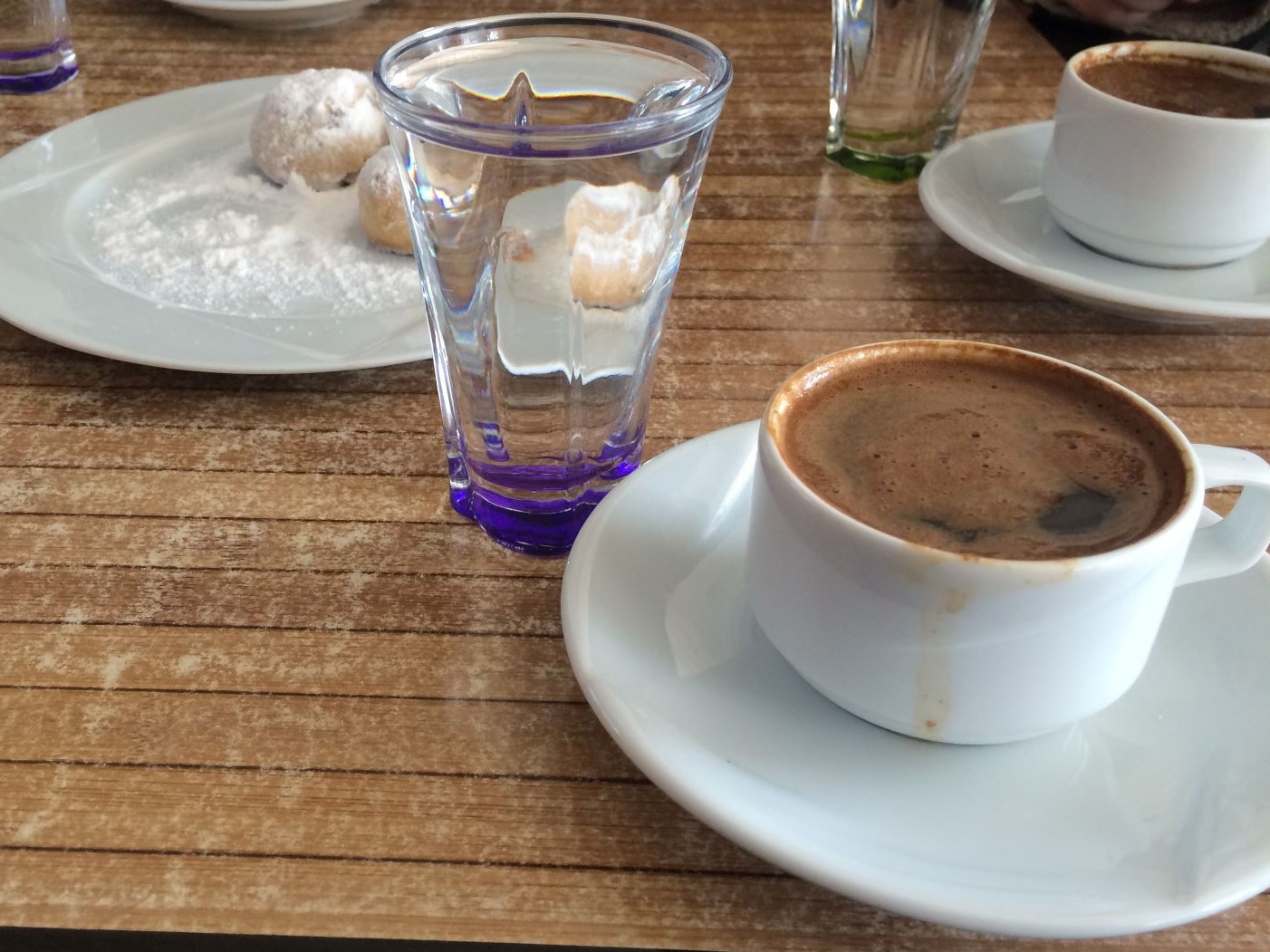
So, Coffee
Sometimes, the distance between being a novice about something, and becoming something of a snob about it is a relatively short road. I believe I transitioned from stirring instant coffee granules in a cup of cold milk with a fork to doing fancy pour-over with a scale in… about a year’s time. Is this an improvement? My palate seems to think so… Well, there’s less weird chemicals at least.
My headache-addled state this morning is ironic, because I avoided drinking coffee for quite a long time.
In my childhood, I looked down on people who required their caffeine dose in order to start their day, becoming dependent on a substance that offered no escape from rote daily routine. However, I did really like the smell of coffee.
I avoided drinking coffee (whilst being quite partial to tea) until I was three-quarters of the way through undergrad.
I started with the most ritualistic gateway drug of all.
Türk Kahvesi
Yeah, the first coffee I decided to drink was Turkish coffee. I was in Bursa for a language course in 2014, and I did not want to miss out on the ritual of Turkish coffee.
It was probably love at first sip, since I have no memory of having any adverse reaction. And, if it wasn’t it was surely love three sips later, because Turkish coffee is a lovely, lovely drink!
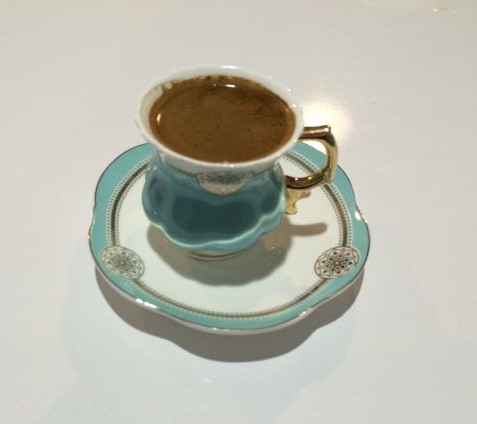
Brewing
Turkish coffee is ground extremely finely, and placed in a small copper pot called a cezve. Water is brought to the boiling point, where it rises to the top of the copper pot, before the heat is lowered. Usually, plenty of sugar is added to the drink during the brewing process. It is somewhat unusual, but not unpleasant (in my opinion) to drink it unsweetened. The drink is also unfiltered, with coffee grounds settling to the bottom of each tiny coffee cup, and the beverage having a thicker, more syrupy consistency.
Though it is commonly referred to as “Turkish Coffee,” this method of coffee making spans numerous countries and regions, with a few differences in tradition, and the exact method of brewing can vary a bit more from person to person.
For instance, my lovely host at the charming Nice Place Hostel in Podgorica, Montenegro was more than happy to make us some “Bosnian coffee”. His particular recipe was to mix the coffee and water, bring to a boil, take it off the heat and add the sugar in, before bringing it to a boil a second time.
In Turkey, people would very typically add the sugar entirely ahead of time, so it was unusual for me to see this method used.
Fal Bakmak
Another marvel of Turkish coffee is the utility of having grounds in the bottom of one’s coffee cup. You see, once most but not quite all of the water is drained, the grounds are a fertile ground for the possible presence of various symbols which can be interpreted in order to show one’s fortune.
The method is simple. Place the saucer on top of the coffee cup and flip it over, so that the cup is upside down. Make sure that when you flip the cup over, you are flipping it towards you, because otherwise, you’ll end up with the fortune of whoever is opposite you. You can also place a coin atop the upside down coffee cup in order to bring good fortune. Once the coffee cup is cold, the fortune is ready.
Fortune-telling generally begins with the grounds and liquid on the saucer. These represent your family, and the speed with which the liquid moves on the saucer represents the speed with which one’s fortune will be told. The inside of the cup contains various symbols which have to do with yourself specifically.
Depending on who is doing the fortune telling, all of these steps may be followed, or not. People generally do this for fun and don’t take it so seriously.
I will note here that the best fortune tellings I have received came from my lovely former colleague, Tüzün Hoca, as well as my friend Gül in Tokat.
Below I’ve embedded the music video for Mabel Matiz’s banger “A Canım,” which features the singer doing various things that a bride may do before a wedding. This indeed includes sharing some Turkish coffee and getting his fortune looked at.
Dibek Kahvesi
Turkish coffee also has a variety of subtypes. While Turkish coffee itself is ubiquitous, these are more rarely found, at least outside of places that specialize in good Turkish coffee. And, it’s a really lovely smooth drink.
People are a bit misinformed about Dibek Kahvesi, and I really mean people of all stripes – from regular consumers of this beverage, to bloggers who simply write that it means ‘stone ground.’ It’s a rather milky, smooth beverage, and yet people were claiming to me that it was only made from coffee, prepared in a certain way.
Alas, this is not quite accurate. As far as I can tell from my serious “deep digging” from whenever I had some spare grounds and a lactose intolerant friend I was interested in sharing them with, Dibek Kahvesi actually does contain some… “coffee cream,” at least according to ingredient lists like this one..
The other ingredients? Sahlep, caradamom, carob, cocoa, and menengiç. And they are mixed into a very fine powder that makes for an extremely pleasant and smooth drink, enough so that people often drink all of the grounds along with the coffee.
Dibek kahvesi can be found among shops specializing in, or practicing various older coffee traditions in Turkey. It can also be found readily in the Southeast region. I enjoyed some lovely dibek kahvesi in Diyarbakir, with some friends who believed it to be the ‘Kurdish coffee,’ though one of them had looked it up and discovered that this label instead belonged to ‘menengiç kahvesi’ which, incidentally, doesn’t contain any actual coffee.
Regardless of its origin, it is a stellar beverage and definitely worth trying.
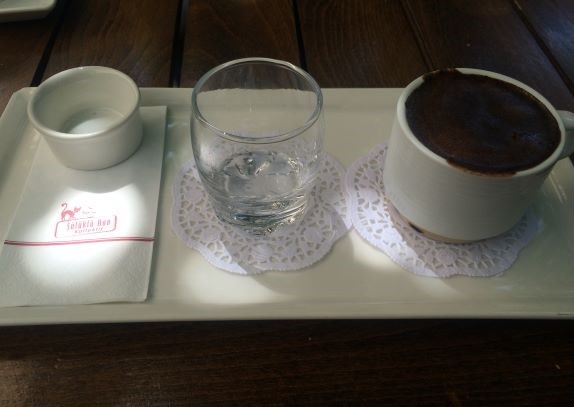
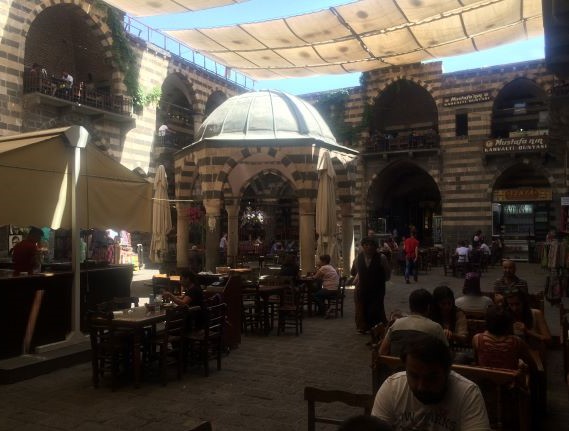
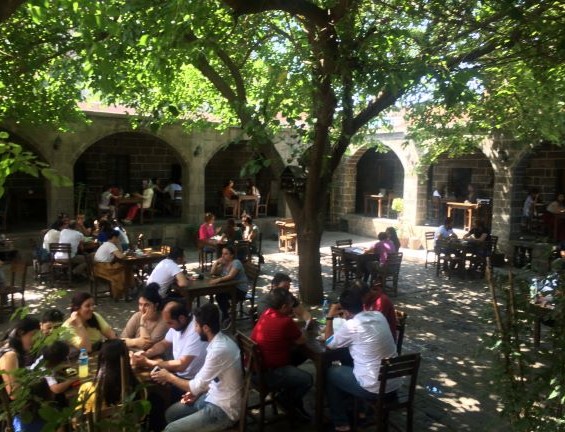
NesCafe
From Turkish coffee, I moved into the next available thing. Instant Coffee. (Technically, I had a brief summer-log stint of free K-Cups at some fancy schmancy Computer Science building before my instant obsession, but let’s omit detailing this for “brevity’s sake.”)
Other than foo foo drinks with mountains of whipped cream and chocolate syrup, and the aformentioned Turkish coffee, instant coffee or Nescafe was the easiest thing to get ahold of in Tokat. I consumed it not infrequently during my year in Tokat as a pick me up from nights spent on overnight busses, or a treat in between classes.
I am not capable of putting into words the difference between NesCafe Klassik and NesCafe Gold, or the store brand equivalents, but Ashleigh decided Klassik was the one to go with, and I wholeheartedly agreed. I think I drank less coffee than her because I wished to purchase less coffee than her, but it’s entirely possible that our shared coffee was inequitably distributed, which would totally be my fault. Whoops!
When I returned to the USA, I even somehow ended up with a glass container of instant coffee, left behind by a German medical researcher. (She moved out of a duplex shortly after a wall came down and was replaced with rustic barn doors, but before her roommates/my former roommates eventually were kicked out. It was a strange place to visit in those days.) I gradually developed the method of trying as hard as possible to dissolve the whole thing in a glass of cold milk and downing it.
A good friend of mine later showed me a more reasonable recipie:
- Stir instant coffee into a glass of hot milk
- Add whiskey to taste
- Top with cayanne pepper and whatever else you fancy
And that, my friends, is an actually lovely way to make a glass of instant coffee. However, that would not be an everyday recipe for me, and is complicated enough that it does take away a little bit from the instant.
Lastly, I did also have some encounters with a Nespresso Machine in an office that was (formerly) used by some teams I (formerly) worked with in Berlin. A colleague described it as tasting good for maybe about ten glasses of coffee. Then, you gradually notice just how artificial and unbearable it is, and the flavor becomes downright unpleasant. This was indeed the case for me.
Espresso
I’m jumping around a bit chronologically here, but I think it’s a good time for me to mention espresso, beloved espresso. Other than standard drip, filter coffee, and instant coffee, espresso has to be pretty much the most popular coffee worldwide.
Espresso is made up of dark-roasted coffee, finely ground, and typically prepared with specialized equipment in the commercial setting. Grounds are placed inside of a removable metal filter, called a portafilter. The grounds are tamped inside the filter to be well-packed and level, and the filter gets screwed into the machine.
Hot, pressurized water flows through the grounds, out of the filter, and into a tiny cup beneath the machine. And there is the brewed espresso, with some shiny crema on top.
Depending on the beans used, espresso by itself can be bitter with too much of a robust flavor. Or, it can be a lovely little coffee shot!
Alas, I’m not enough of an expert to give reason to why it is one or the other, but I have on occasion enjoyed some delicious plain espresso, or suffered through some more astringent brews. Generally though, it gets mixed with some things into more complex beverages.
Espresso machines tend to also contain devices for steaming and frothing milk, and if they are used just so a variety of lovely drinks can be made. The blend of extremely concentrated, thick coffee, and frothy milk is an exquisite one if done right.
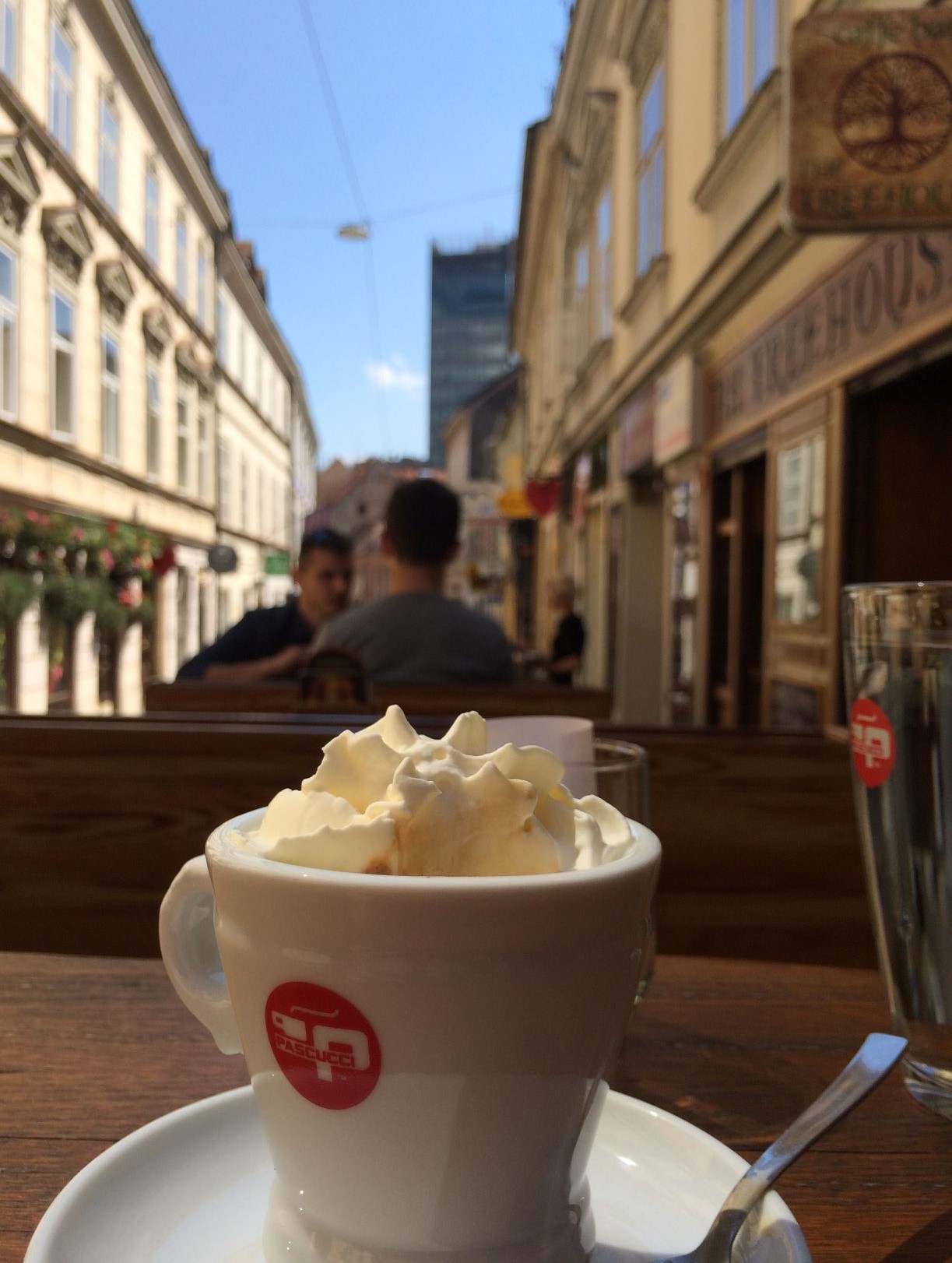
My Own Espresso Machine
I do have my own espresso machine, which I purchased off of a colleague (codename: “Stewing”) when he was departing Pittsburgh for the greener pastures of… the Bay Area. It’s a fantastic piece of kit, super well-engineered, and I can use it to make coffee.
I’ve used it rather less frequently than I’d imagined. I do find the process of espresso making to be rather more labor intensive than any other cup of coffee. And, it is well complimented with milk, which I frequently run out of.
That said, I did get into an enjoyable espresso-making groove for a few months, and it wouldn’t be bad for me to get back into one in order to really practice this particular art. When I’m out of practice, I must admit, I am quite shoddy. When I’m in practice, I can almost remember how to do things right. I bet I would honestly be better off if I just spent an afternoon pulling shots and frothing milk and doing god knows what with the rejects.
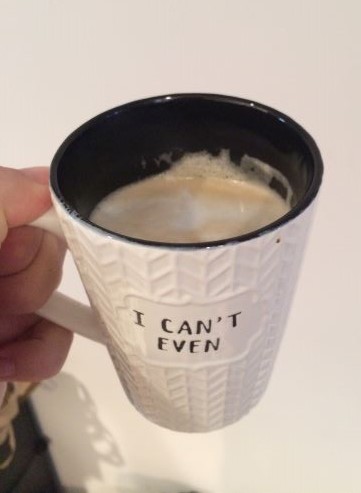
Fantastic Drinks and Where To Find Them: Espresso Edition
There are so many traditions of different espresso-based drinks that it would be incredibly difficult for me to detail them all. So, I’ll stick to a few memorable ones and give some recommendations that are total crapshoot as to their location.
Espresso Vivace in Seattle is far and away my favorite shop I’ve found for espresso. Their 2.5 locations excel in staples like the latte or cappucino, but also have some lovely specialties of their own, such as the white velvet with smooth milk and white chocolate.
In NYC, the most memorable cup I’ve had from a cafe was oddly enough from a random coffee shop in Bushwick, whose mocha was genuinely exquisite, and by a solid margin the best mocha I have ever had. Can I for the life of me remember the name? Nope, so I’ll have to look it up on a map.
Available in many parts of former Yugoslavia, and apparently originating from Austrian coffee traditions, there’s something really satisfying about a kafa sa šlagom, often rendered somewhat faithlessly in English as “coffee with cream.” This drink is an espresso shot topped with homemade whipped cream, and it is something I am very much looking forward to drinking when I enter the Balkans next.
In Pittsburgh, 4121 Main in Pittsburgh deserves a shoutout for their rotating variety of inspired coffee drinks, as well as their excellent iced mocha (which consists of an espresso shot added to locally produced chocolate cream.) Artisan Cafe meanwhile apparently and unfortunately closed at the end of February 2020, but also boasted quality brews with inventive specials, most notably a creme brulee latte which did indeed have some torched sugar on top!
Lastly, I am fond of an affogato, or hot espresso atop cold gelato or ice cream. Do I know where the best one is? Probably not, actually. But, it’ll give me something to search for.
On further affogato reflection, I realized I had some nice looking dark roasted Ethipoian beans, some fantastic “sweet milk ice cream” from Malai, and a moka pot all chilling in this sublet right now. (Moka pot not mine)… So, I had the means at my disposal to make the best affogato I’ve ever had. And to cut a long story short: it was delicious, but then I was out of ice cream.
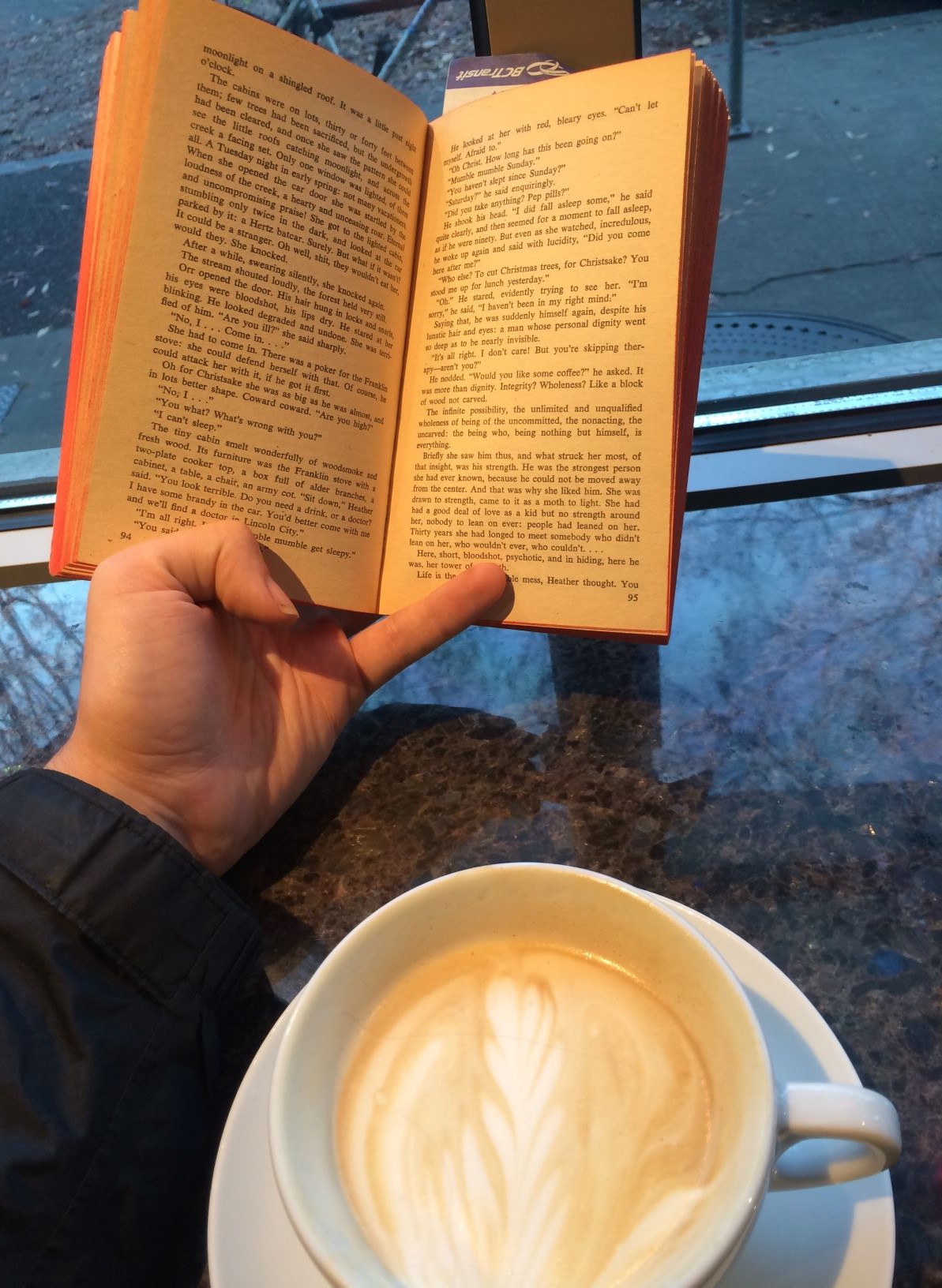
Drip Pot
Actually, when I moved back to Pittsburgh, I did acquire a coffee drip pot, and try using it. The problem I see with most of these devices are that they are designed for a household of coffee drinkers, reliant on coffee to rouse them from slumber.
As I was the only person drinking coffee from it, I found it finnicky to use, especially when its default mode was to make such quantities of coffee that I did not desire. I sometimes stored it in jars in the refrigerator, but used it infrequently. I have to admit, I also never quite got the hang of it.
The drip pot also had a hot water heater on the side that gradually started outputting bits of black plastic from its insides, and consequently the entire drip pot assembly was discarded, to the ire of my parents when they eventually visited…
French Press
Turkish coffee for me is a sometimes thing, and instant coffee and the standard drip pot are both things that I very deliberately left behind. The French Press, therefore, was a resounding and impactful first love.
As a tea drinker, I was really excited about having a french press so that I could prepare nice pots of loose-leaf tea and share them with friends of mine. I did this quite a lot with certain crowds. However, it was also pretty clear to me pretty quickly that the coffee freely available in my workplace in Pittsburgh was unpleasant, but that I could very easily make some coffee of my own in a French press at work. Luckily, Anish was usually around to help drink the results.
One of the loveliest things about making coffee in a French Press is that it is intuitive and forgiving. You put some coffee in, you put some hot water in, you wait a bit, and you can plunge and there’s your coffee! It’s also a relatively portable device.
I had never put that much thought into the coffee beans that I was using. This eventually changed.
Like many cities in Europe, Berlin is primarily an espresso city, but I knew enough to know that finely ground dark coffee would be a poor match for my french press. So, on my way to the office just prior to a weekend trip, I stopped by one of the less inconveniently located hipster coffee shops in town, Five Elephant, with the goal of picking up some beans and having them frehly ground.
The folks there were super nice, by the way, and gave me free samples of various single-origin brews. I chose the one I liked the most, and I ended up with a rather tea-like coffee from Ethiopia. I think it was a Yirgachiffe.
And so, on the days when I made particularly poor decisions regarding sleep, or how long I was in the office, that coffee was a phenomenal companion. However, it is the last thing I brewed in a french press.
I left one french press to my sister, and failed to collect my other french press from Pittsburgh, leaving myself forlorn, french press-free, and forced to enter the less forgiving world of pour over.
Chemex
The Chemex is an iconic pourover device, developed by a German chemist in the early 1940’s, and eventually patented and produced in the United States. It consists of a brewer and a server in one piece, and is meant to be used with very thick paper filters. These filters help to remove much of the acidity and oil in coffee, giving Chemex the reputation for a very clean cup.
I was bequeathed a large, old Chemex by Stewing around when I bought the espresso machine. He had brought it to the office where it was mostly disused, and I was interested in trying it out some more. I took it home, and then took it to New York, where it became my sole device for making filter coffee. (Apparently, Stewing also promised the coffee pot to another colleague who was confused when it mysteriously disappeared. Such is life!)
It is very much worth nothing that Chemex takes a bit of getting the hang of. Whilst French press was instantly intuitive to me, I did not initially have fantastic results brewing in my pourover. One of the main reasons for this, is that although water does kinda go to the center and downwards in the paper cone that is the filter, the brewer has tremendous responsibility for managing the flow of the water, swirling it around just so with a light touch so that all of the coffee grounds are saturated, and ensuring that the water is poured in at a slow rate.
Once I got the hang of it, though, it became a real favorite. Though the act of pouring the water is more work than using a French Press, there is significantly less work in the cleanup. (Throw out a filter, vs. clean compacted coffee grounds out of the bottom of a glass cylinder.) And, I have brewed some really nice coffee in the thing.
I have continued exploring some single origin beans, and have had some really nice pourover brews. Some have been well-balanced and nuanced, or a bit fruitier. In particular, Finca Consolapan’s award-winning Mexican coffee, and Heart Roaster’s Kenyan Gachuiro and Guatemala Rosma were recent standouts.
Cold Brew
The most recent form of coffee brewing that I have started doing is cold brew, which allows me to be even more lazy than I would be with a drip pot, and just collect a cold cup of coffee from the refrigerator in the morning.
Cold brew is perfect for hot days, and it does have a nice flavor to it. However, I do think that the cold temperature of the water does have a real effect on the way that coffee flavor is extracted, and so I do think that more characterful single-origin beans lose that distinctive flavor.
I would instead recommend sticking to blends, or something cheaper. Cold brew coffee is also quite strong in caffeine content and should be diluted. Be careful, lest you become a jittery mess.
I’ve been brewing my cold brew in a Hario Mizudashi which is a fairly painless way to do it. While no specific cold brew equipment is actually necessary, it’s really nice to have a pitcher with an integrated filter that can sit in the refrigerator, so it is a nice product.
All I do is add some coffee into the reusable filter, gradually fill the pitcher up with water, and set it in the refrigerator. Adding some cardamom can be really nice if you’re into that. Once the coffee is done, I dilute with some water. Generally I dilute my first glass, and once I’ve removed some liquid and grounds from the pitcher, I can also add water there directly. I tend to like my coffee strong, so I don’t dilute this too much.
Additionally, I like using milk to dilute the coffee, because strong coffee and milk is a classic flavor for a reason!
Conclusions?
So, I went from stirring nescafe into cold milk with a fork to patiently pouring over coffee in a year? Yeah. That’s my coffee journey so far, and I’m excited to see where it takes me in the future. Coffee really is a versatile and interesting drink, and there are so many ways of making it, and so many types that I am yet to taste or even try to make!
And, there are a lot of lovely styles that I have had and enjoyed but never made myself. So, don’t sleep on Vietnamese or South Indian coffee, and look out for me whenever I get around to brewing coffee with a sock, and more immediately with a moka pot.
That’s all for now!
Thanks for reading!
If you enjoyed this post, you might enjoy these 5 similar posts:
- 2025-03-22 —Eurovision 2025: First Impressions (Feat. Chelsea)
- 2024-02-29 —A New Year in Türkiye
- 2020-06-20 —NYC Part Two: A Saga of Fire & Brass
- 2022-03-21 —Eurovision 2022: First Impressions (feat. Chelsea)
- 2023-07-30 —A Look Back at April 2023 - Belatedly A.F.